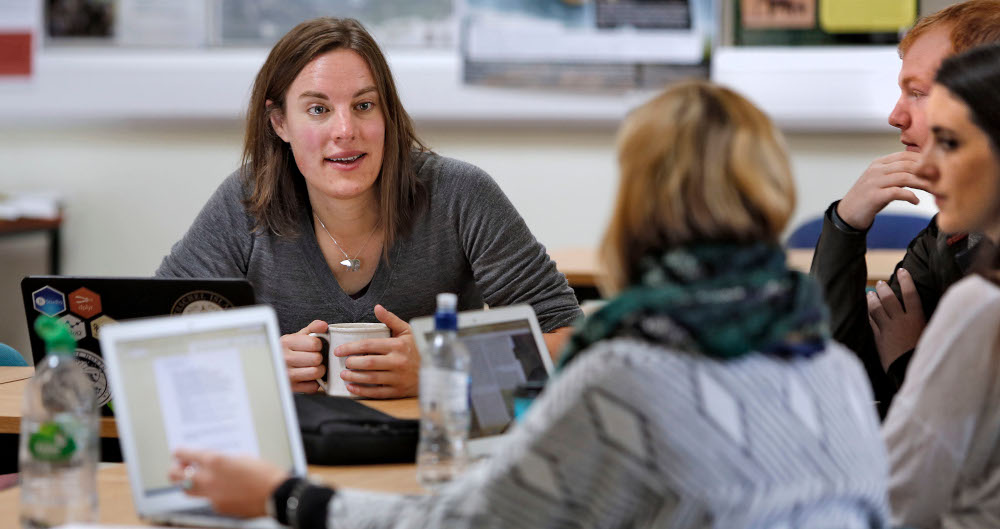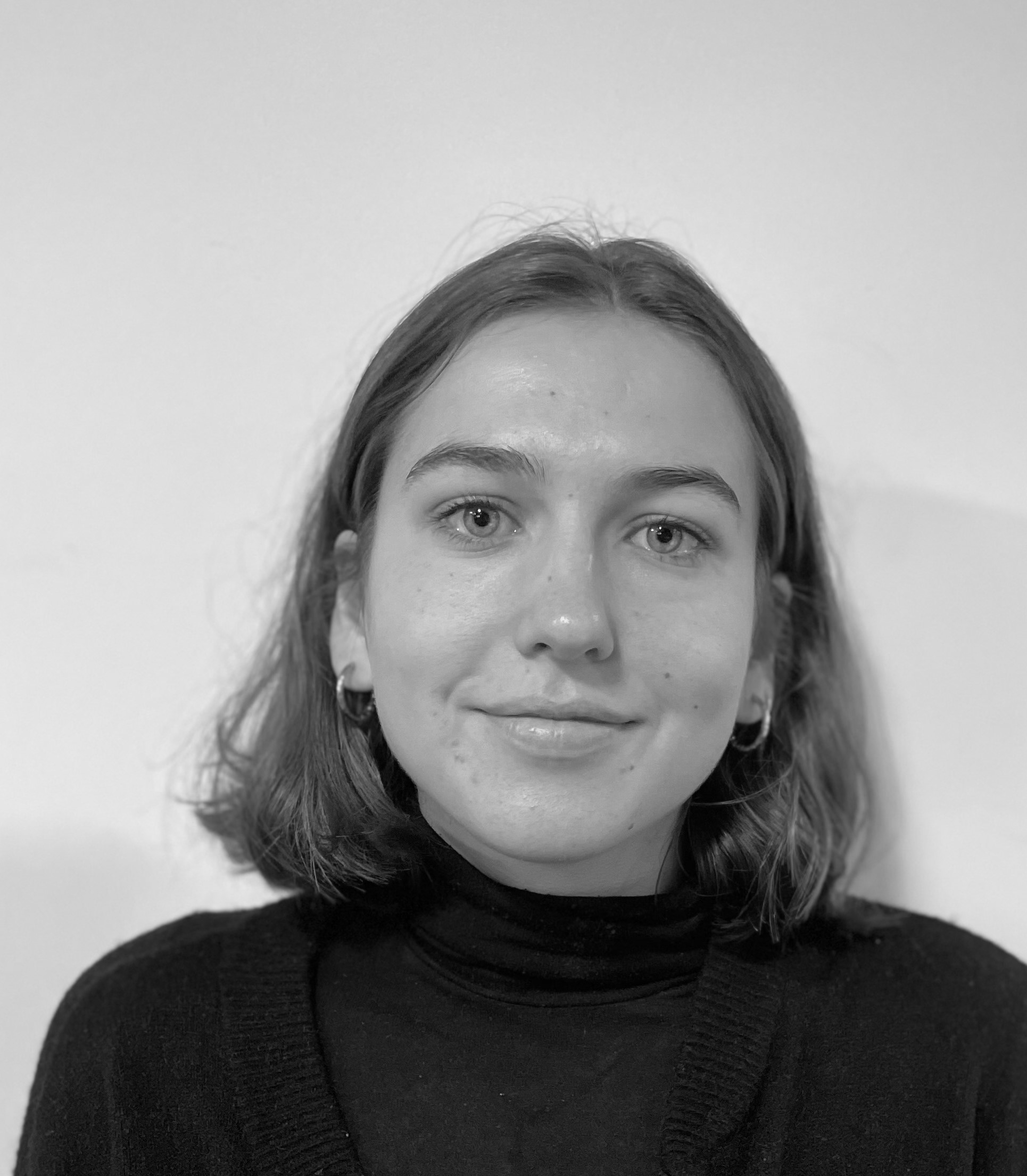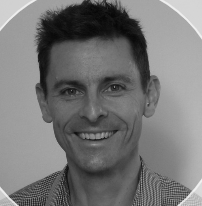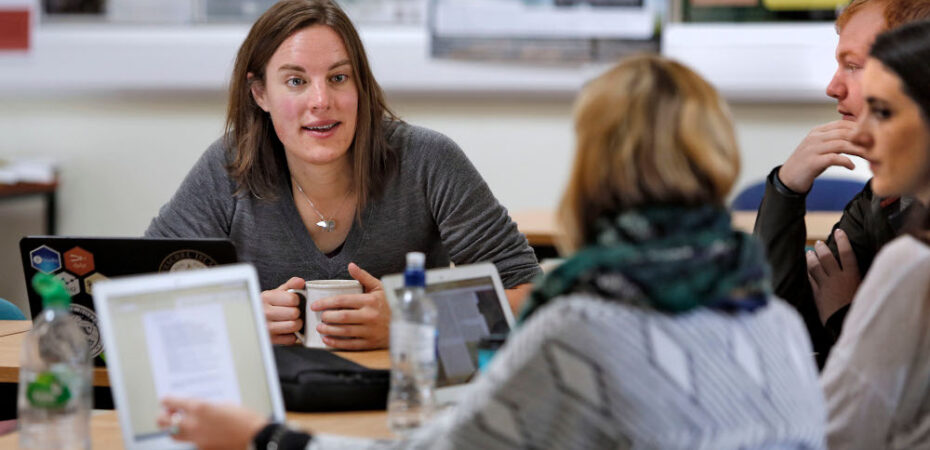
In this post, Anabelle Wilson-Smith and Steve McLeister engage in a dialogue about how Student Voice can be authentically integrated into University learning and teaching, beyond formalised Student Voice committees. Anabelle is an Environmental GeoScience Student and Steve is a Lecturer in Education, Moray House School of Education and Sport. This post is part of the Student Voice in Practice series.
Student voice is not only about questionnaires and staff student liaison committees; it can be integrated in to our teaching and can involve discussion between students and staff. This reflection from a student and staff member considers not only the potential of such discussion but raises themes that could benefit both students and teachers.
Reflections from Anabelle: Learning at University
Throughout my time at University, I have often felt confused about what exactly was expected of me. Having always loved school and education, this unsettled me. I had always found it easy to grasp what teachers and exam boards wanted from me. School was a fun and safe space. I found that the grades I achieved reflected whether or not I had done the work needed to meet those expectations.
When I arrived at university, I discovered this was not the case here. For many reasons, I felt lost. I grew up loving science for its ever-changing nature, with new discoveries waiting to be made at every corner, but most importantly, because there was always a right or wrong answer, and an explanation (or the pursuit of an explanation) for this answer. I found this comforting. But now, at university, the settings I had once loved had disappeared: homework changed to coursework; lessons to lectures, tutorials or seminars; and, because of Covid, my first learning experiences were virtual. The grades that followed seemed arbitrary and had taken a turn for the worse. They seemed to fluctuate randomly between firsts and thirds regardless of my understanding of the given topic.
Eventually, and with time, this got better. But I still struggled to find my place in the learning process, and it felt like things never really ‘clicked’ for me in terms of my role as a student. Although things definitely improved, coursework and exams still prompted a great deal of uncertainty and anxiety. It still seemed like grades depended on luck or whoever was marking – in other words, how to get a good grade was a mystery I would never uncover. I never really got to a place where I understood what lecturers wanted from me or my work.
By fourth year, I had made my peace with this and accepted these feelings. This was until a workshop I took on teaching and learning that was part of a module, which woke me up to the process of learning. It introduced the vocabulary needed to discuss how people learn. Before this, I had felt somewhat asleep or in a haze, unsure of what the problem was. Throughout the workshop, we discussed what makes a memorable learning experience, and the concept of “active learning”.
I realised what had been missing. I had, in fact, been asleep during the learning process. Through further research and discussions, I realised I had been naive to think I could transition from school to university unscathed. I discovered that this struggle was actually part of the learning to process. This workshop gave me the tools to reflect on the difficulty I had faced and change my perspective. It takes more than attending a lecture and even listening or reading to understand the material.
My role as a student had changed, and that requires adaptation. This included adapting to the new learning environment and understanding what was needed to create my own learning environment. I read up on methods that I could use during lectures to make them more stimulating, and found that this made a huge difference. These included:
- Using physical prompts to aid hands-on learning: Printing out the first and final slides of the lecture PowerPoint, encouraging me to annotate and be engaged from the start until the end.
- Engaging with people during my learning: Sitting at the front during lectures, allowing me to make eye contact with the lecturer and to be more likely to participate, to feel less distant from the material.
- Creating a problem-solving environment: Before the lecture, use AI to generate questions that could be answered from the lecture, by telling it what the lecture will cover or summary/introduction slides that are often uploaded before the lecture. Giving myself some questions to answer with the material without the pressure of an exam will help create a more active learning experience.
Reflections from Steve: Implications for Teachers at University
The workshop that introduced ideas about learning provided language about teaching and learning, as well as space to discuss and think about this theme. This gave Anabelle a language and framework to help her think about her role in the teaching and learning process. Anabelle then worked through the implications and noticed things about what helps her develop understanding, which she was able to turn into practices. Are we engaging students in discussions about the teaching and learning dynamic, the process of education and the role that students might play in this process?
Anabelle’s experience caused her to consider the differences in experience between secondary school and university – both places of education. This helped Anabelle understand her role as a student and helped her subsequently engage with teaching and learning to a greater extent. Are we having a conversation with students about the purpose(s) of education at university?
Anabelle’s experience involved struggle, and this is part of learning as we respond to the world and try and understand it. It is normal to struggle to understand at times but students don’t have to stay in a place of struggle. Do we make this explicit to students that engaging with teaching and developing understanding and practices is not a straightforward thing?
In asking these questions, I am not suggesting that teaching means every eventuality is considered so that there is never any uncertainty. There is plenty uncertainty and even ambiguity in the world itself and in the subjects we are teaching. How can we acknowledge this with our students in helpful ways?
Uncertainty also has further implications for our work as teachers. This teaching episode involved unintended consequences. The workshop was designed to open up a discussion about how students might take some insights about the learning process and use them in their own science communication work. Anabelle’s response was a reflection, further reading and thinking about themselves as a learner and how they might better engage in the teaching and learning process as a student. This empowered Anabelle and created more autonomy to engage more deeply in the teaching and learning process. How can we find ways to acknowledge the worthwhile unintended repercussions of our teaching beyond sterile marks and grades?
 Anabelle Wilson-Smith
Anabelle Wilson-Smith
Anabelle is graduating this July with an Honours degree in Environmental GeoScience.
 Steve McLeister
Steve McLeister
Steve is a Lecturer in Education, Moray House School of Education and Sport. He is responsible for the PGDE secondary programme.


